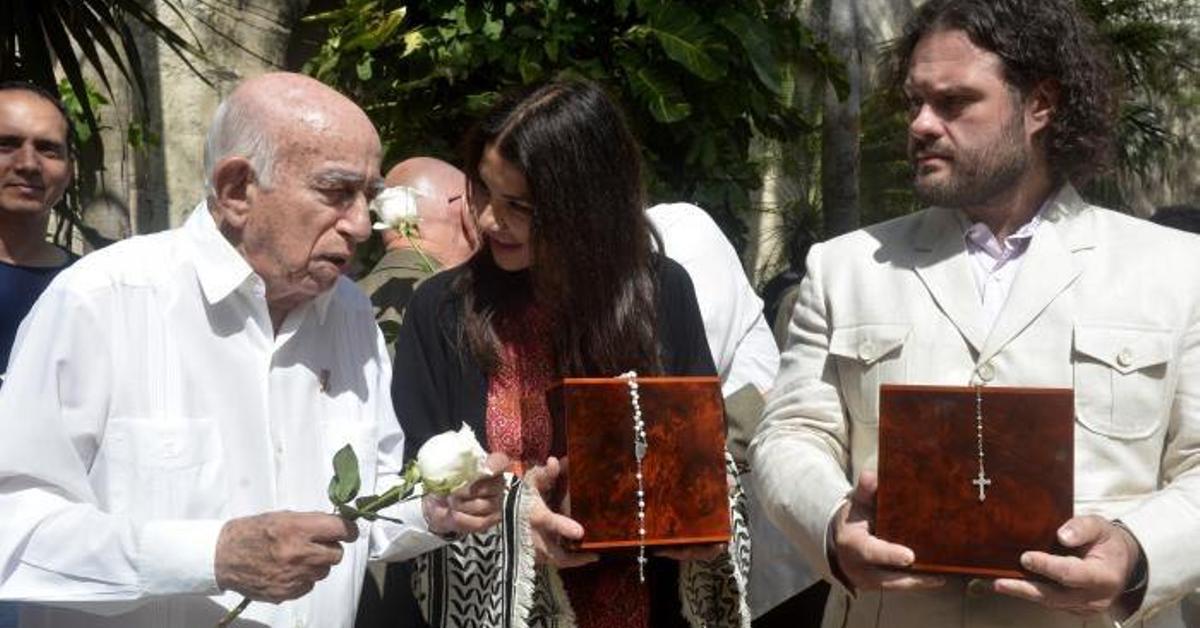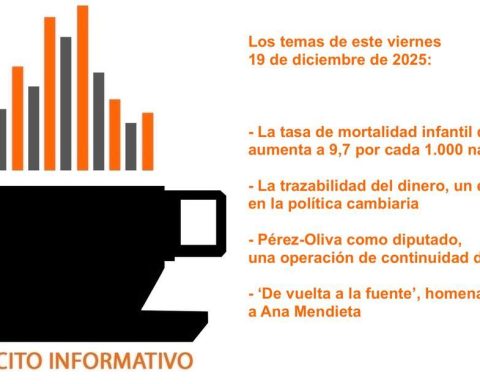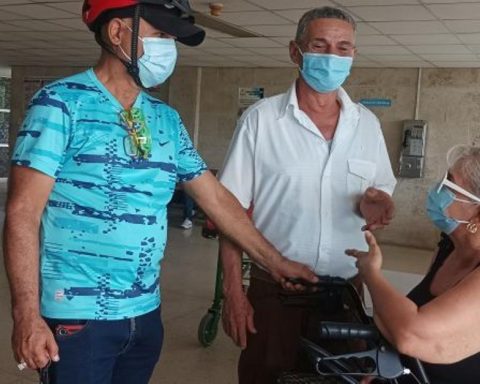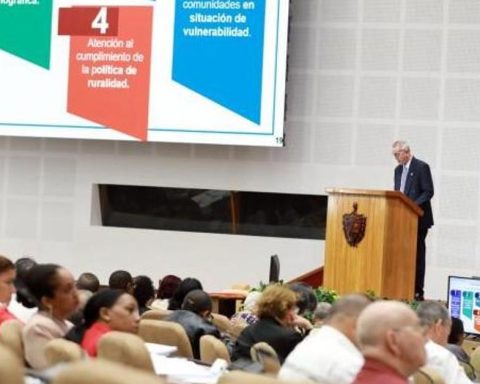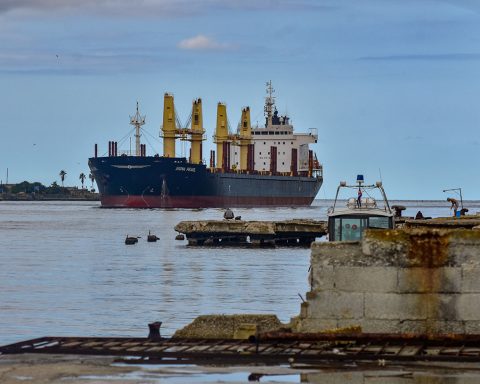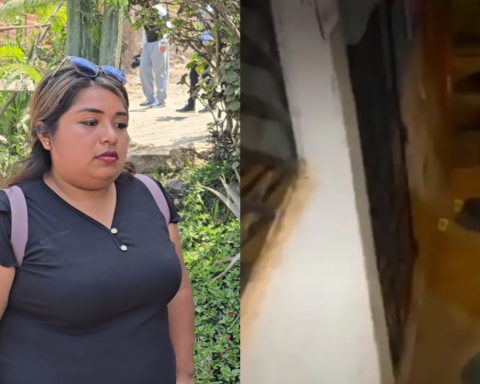Havana/Max Lesnik was buried this Wednesday in the closest thing that exists in Cuba to a pantheon of Castro culture. The remains of the journalist, deceased last March In Miami at 94, they were deposited in the so -called Garden of Mother Teresa, a cemetery Premium Created by Eusebio Leal in 1999 on the side of the Church of San Francisco de Asís, in Havana Vieja.
It was in that old capital temple-which no longer belongs to the Catholic Church although loyal insisted on calling it “minor basilica”-, converted into the auditorium and concerts, where the “tribute sense” was developed to Lesnik, in which Miguel Díaz-Canel or other members of the Plana Mayor, who limited themselves to send flowers.
Foreign Minister Bruno Rodríguez participated in the tribute; José Ramón Machado Ventura, military already retired from political life; Former Minister of Culture Abel Prieto, and four former Cuban spies in the US: Fernando González Llort, Gerardo Hernández, Antonio Guerrero and René González, who occupy today minor management positions in the regime. González Llort stressed that, during his imprisonment and that of the other four agents, Lesnik developed an apology work of his case.
The daughter of Lesnik, Vivien, was present, who spoke a few words of thanks
The daughter of Lesnik, Vivien, was also present, who spoke a few words of thanks, and Lorenzo Gonzalo, who inherited the direction of Radio Miami Today, a radio station related to Havana that Lesnik directed until his death.
Next to the tomb of Lesnik and his wife, Miriam Graciela Álvarez, who died in 2020, rest “great personalities”, mostly personal friends of loyal – also buried there, with his mother – and unconditional of a revolution that treated them with some suspicion. It was the case of Emilio Roig de Leuchsenring, founder of the historian’s office, who at the time of his death in 1964 was considered an institutional relic of the Republican past.
In the garden is also the geographer and explorer Antonio Núñez Jiménez, who joined the victorious caravan of Fidel Castro as bearded, despite not having fought in the Sierra Maestra. Deterred in 1998, his presence and intimacy with Castro always generated discomfort in the high spheres. There are also the remains of the artist Marta Arjona, of the filmmaker Octavio Cortázar, of the troubadour Vicente Feliú and the popular poet Jesús Orta Ruiz, known as the Indian naborí.
Born in 1930 in the then municipality of Vueltas – a few kilometers from Camajuaní, Villa Clara, and today one of his popular advice – Lesnik settled in the US in 1961. Son of a Polish Jew emigrated to the villas and a Cuban, it was during a brief period of 1958 head of propaganda in the second National Front of the Escambray.
With an unusual has
With an unusual hurry, the official Ecured encyclopedia updated his entry about Lesnik on Thursday with all the details of his burial. The text emphasizes that it was the creator of a famous slogan – “Cuba yes, Yankis no” -, repeated to fatigue in acts of repudiation and repression of opponents.
Ecured also counts his conversations with Castro, and suggests that “although politically there were differences” between the leader and the journalist, “the relationship was always good.” “He saved his life,” says a disturbing paragraph in which Lesnik’s actions are narrated in hiding, on his own, without Castro’s approval and as a youth leader of the Orthodox party.
He traveled to Cuba regularly since 1978, after the so -called approach or Dialogue with emigration. In 1998, during the visit of John Paul II, the Pontiff acknowledged that Lesnik had mediated to improve the relations between the State and the Catholic Church, deteriorated since 1959. To ensure this, Ecured quotes the Pope during a meeting in the Apostolic Nunciature of Havana of which he had never transcended any statement.
For 2007, when the cultural commissioners of the regime began to grant distinctions and medals, Lesnik was already defined by a heavyweight of Castro diplomacy – Ricardo Alarcón – as a “genuine patriot who has managed to overcome the risks”, a definition he reserved for spies like González Llort, Guerrero or Hernández, still imprisoned then.
The best summary of his unconditionality to the already Castro revolution, which had a skilled agent in the US in him, is his epitaph: “The man of the two Havana.”
